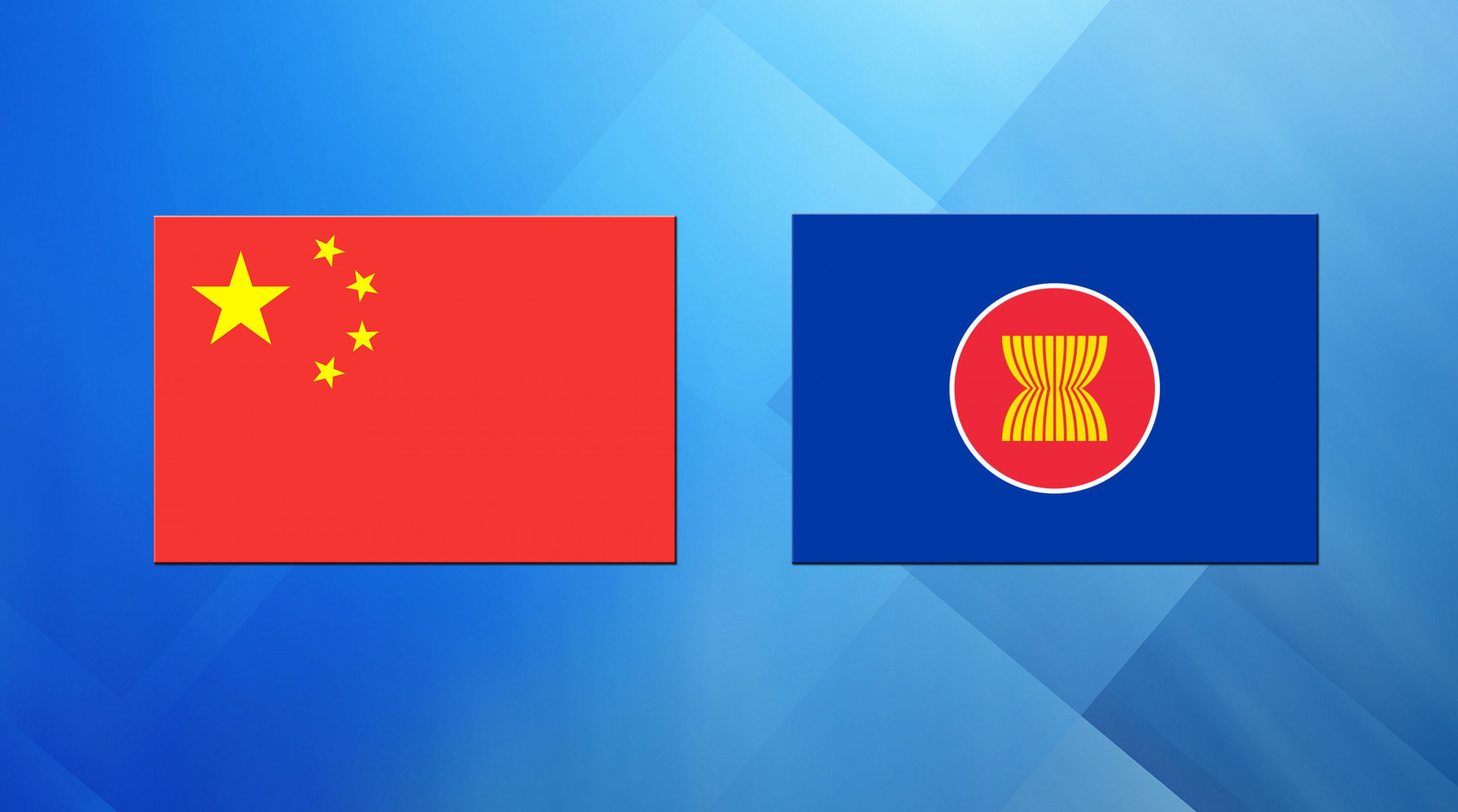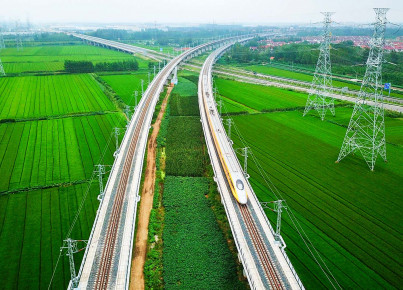From the enthusiasm of the early years, the pandemic crisis now also affects China’s ambitious infrastructure projects abroad. Beijing doesn’t give up, some decision makers are hesitating, and the data show impending dangers. However, the group of the ten countries looks favorably on Chinese money, at least on a discursive and diplomatic level.
ASEAN needs the Belt and Road Initiative (BRI). Or is it China that needs ASEAN to carry out the new Silk Road? The answer lies somewhere in between. What has been happening in the last year tells something more about how Xi Jinping’s project is evolving, which has changed a lot in terms of substance and objectives since its beginning in 2014.
The pandemic and the halt to production activities gave another blow to Beijing's plans. The growth forecasts of the Southeast Asian economies continue to remain cautious, while the Chinese government seems to be more careful and disciplined to the distribution of its foreign direct investments. This hasn't stopped China from maintaining its role as the largest investor in the region, as the US tries to move forward to replace Beijing as it begins to lose ground. Whether it is territorial disputes in the South China Sea, or simple skepticism coupled with greater negotiating power, China is facing a rapidly changing BRI.
BRI calls China
How Beijing manages its investments abroad is a well-known phenomenon. The deals between China and poorer nations in the BRI framework are often embedded in bonds that are paid off, in the absence of liquidity, by supplying raw materials, or granting an asset to investors for their own use. However, the fascination of Chinese capital remains one of the most powerful tools of the People's Republic's foreign policy. On 1st September at the Belt and Road summit, ASEAN representatives announced that more investment in BRI projects is needed to help their economy recover from the post-pandemic crisis.
There are many projects promoted since the beginning of the Covid19 crisis, but there are also some stops due to the uncertainty of the identity of the joint ventures between Chinese and local companies. In the first four months of 2021 alone, 61 new projects were signed with Vietnam, for a total value of 1 billion dollars. The analysis phase has started for the Kyaukphyu Special Economic Zone (SEZ) in Rakhine, Myanmar. A place where China International Trust and Investment Corporation Group (CITIC) promises collaborations with an ad hoc Chinese-Burmese consortium, even if the ambitious incentives (9-10 billion dollars) are now opening the way to projects on a more "small-medium scale ". In Malaysia, the latest BRI project involves the construction of a new photovoltaic plant. Again, Chinese companies (almost always state-owned) promise $ 10.1 billion worth of jobs.
Thailand is a separate case. Although like its neighbors Cambodia and Laos, the leadership of the country is de facto autocratic, the government is more cautious towards Chinese capital. It has been realized that often costly solutions have been favored instead of fixing the problems at their root, and that many of the Chinese projects could end up in the vacuum of investments with no return. The negotiating power of nations such as Cambodia and Laos is weaker, therefore Beijing seems to dictate the rules with greater consent from governments, often because other forms of independent organization are absent or powerless.
China calls BRI
Even China remains cautious, even as BRI projects seem to continue with no or less friction. This is the case of the Thailand-China railway, which starts from Bangkok, and it will pass through Vientiane to reach Kunming. Beijing has also offered to take on the project to move the waters of the rivers, a thirty-year-old ambition of the Thai government, but which until now seemed feasible given the enormous costs that the project would require. China's proactivity, in this sense, aims to touch the needs of individual countries, even if it is from Thai environmentalists that the complaint comes that an efficient water system would save citizens from water lost every year (40% of that transported).
The numerous initiatives involving the ten countries of Southeast Asia also act as an attractive pole towards Beijing. China hosted the first face-to-face meeting after 16 months with ASEAN representatives on 7 June, while the 18th China-Asean expo on 10-13 September allowed for new proposals to be made on the issue of trade. This report has long inspired Beijing, which has since aimed to move beyond the concept of investing in the region as capital to build “empty” infrastructure, with a greater focus on cooperation for advanced research and development.
Debt trap or hidden debt?
AidData, a research center affiliated with William & Mary University, has announced that the debt accumulated by Asian governments towards China could be much more expensive than expected. The research analyzed the 13,427 Chinese projects in Laos since 2000, calculating a total cost of around 800 billion dollars. Of these, at least 385 billion would be of "ghost" debt. In total, there would be at least 44 countries that have debts with China equal to 10% of their GDP.
Last year's G20 had established that in 2020 the debt of 73 less developed economies had to be suspended to face the Covid emergency. This type of investment, considered risky for the health of state budgets, can however be hidden among the various exceptions contemplated by international law. For example, agreements can be made directly by state-owned companies, joint ventures, and individuals without necessarily receiving a resolution from the Chinese government. In this way, as in the case of the Laos-China railway, the financial hole could be much larger than expected. A complex issue, which sees the last two most important projects underway as protagonists: the Laos-China railway and 580 km of motorway.
The risks for ASEAN’s weaker nations in terms of governance frighten analysts, who fear a return to the "debt trap". With this type of practice, China has already resolved various disputes by obtaining the concession of some Laotian assets, including part of the electricity grid. Again, the debt is much less hidden than it might appear: just look at the combination of the joint venture to see that the majority of the capital is controlled by three Chinese state-owned companies. A complicated mix of challenges and opportunities, which for now has not significantly slowed Beijing's race along the new Silk Roads but has nevertheless helped to evolve the reasoning in some of the ASEAN governments. A useful experience, which now requires more cohesion to avoid the risk of default among the most fragile member states.






